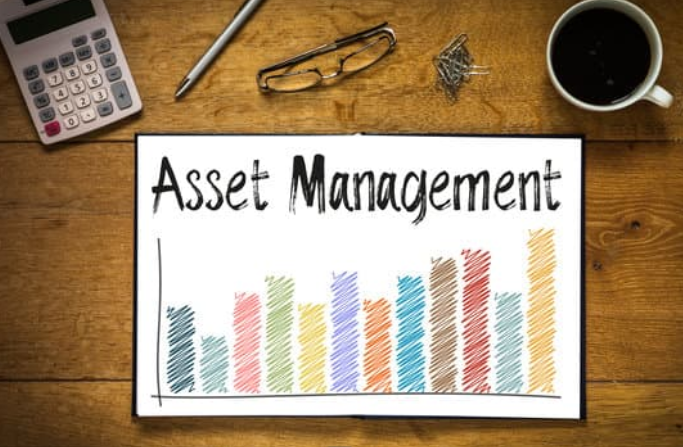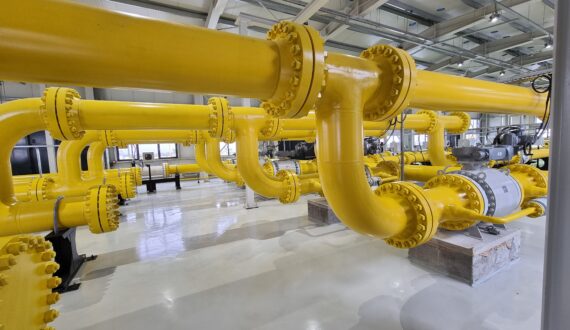Asset Management can be translated as administration of tangible or intangible goods referring to the process of managing and monitoring them. The term asset management is extremely broad and includes both activities related to money and investment management and infrastructure management.
The overall objective is to maximize the value and potential of assets over their lifetime, together with their use and disposal. This also includes managing and maintaining the costs and risks associated with the assets.
Asset management is widely used in many areas, from money management, financial investment to the products that companies sell. Thus, a correct asset management system can make the product more readily available, cheaper, reduce shipping costs and even make it easier to manufacture.
The management and maintenance of a company’s assets is extremely important for its profitability and for its survival and financial stability. Products / Assets are some of the main advantages of a stable company and are therefore extremely important.
Another type of managed assets
When we think of assets, many of us are accustomed to thinking either only in financial terms, in terms of investment or, at most, of tangible assets managed by private companies. But public goods are also assets: streets, highways, parks, sewerage system, district heating system, water treatment plants, gas or electricity transmission facilities. The use of an asset management system is essential to avoid disruptions and keep costs low. The efficient production of these types of assets depends on such a resource management system so that their price remains low.
Ways to manage assets
We currently have various means of asset management, whether private or public. There are companies that offer specialized services in this regard but also software dedicated to this type of activity. Of course, the way assets are managed depends on many variables, such as the field of activity, the type of assets, their size and type, etc.
Regardless of the system used, the asset management modes have some common features:
- Optimizes the use of assets, manages their maintenance and the related cost. Thus, the assets become reliable and possibly efficient.
- It reduces the demand for new assets and thus saves money.
- Uses demand management techniques and maintenance of current assets.
- Use the concept of the asset’s life cycle: how much it cost, how much it is worth now, where the asset is at any given time.
- Evaluate the active maintenance / production / use cost ratio.
- It provides reports on the value of the assets, together with the costs involved in their maintenance.
With an understanding of the forms of existing assets that can be managed and the means of managing them, you can make an informed decision to choose how to manage your assets so that you get the most out of them and find the optimal solution for your asset management.








